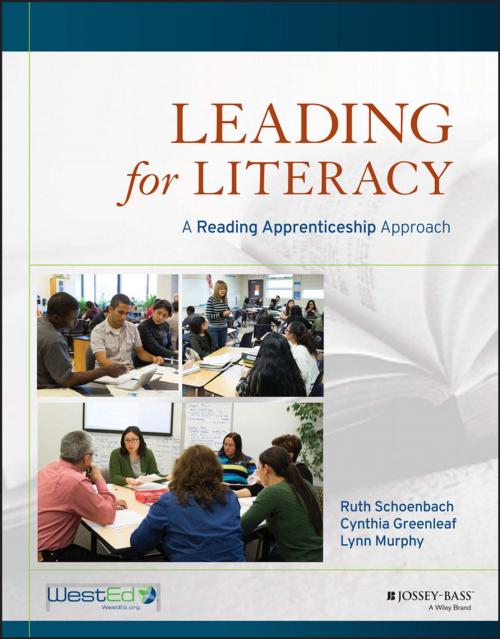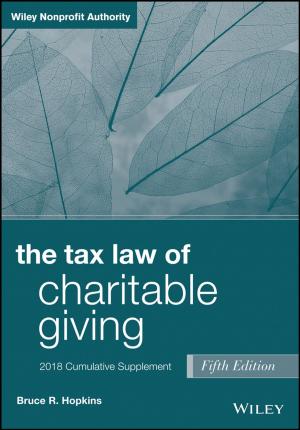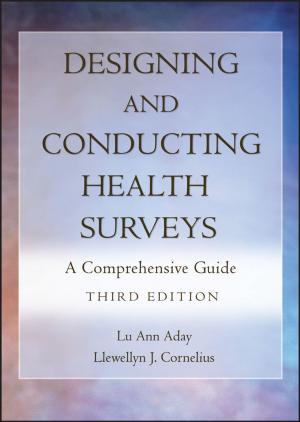Leading for Literacy
A Reading Apprenticeship Approach
Nonfiction, Reference & Language, Education & Teaching| Author: | Ruth Schoenbach, Cynthia Greenleaf, Lynn Murphy | ISBN: | 9781119321675 |
| Publisher: | Wiley | Publication: | November 18, 2016 |
| Imprint: | Jossey-Bass | Language: | English |
| Author: | Ruth Schoenbach, Cynthia Greenleaf, Lynn Murphy |
| ISBN: | 9781119321675 |
| Publisher: | Wiley |
| Publication: | November 18, 2016 |
| Imprint: | Jossey-Bass |
| Language: | English |
Clear, on-the-ground guidance for Reading Apprenticeship implementation
Leading for Literacy provides tools and real-life examples to expand the benefits of a literacy approach that sparks students' engaged reading and thinking across disciplines, from middle school through community college. A companion to the landmark Reading for Understanding, this book guides teachers, leaders, and administrators through the nuts, bolts, benefits, and stumbling blocks of creating Reading Apprenticeship communities that extend a culture of literacy beyond individual classrooms.
This book explains how to generate authentic buy-in from teachers and administrators, use the Reading Apprenticeship Framework to turn reform overload into reform coherence, and create literacy teams, professional learning communities, and Reading Apprenticeship communities of practice that sustain an institutional focus on a student-centered, strengths-based culture of literacy.
Key insights from Reading Apprenticeship practitioners across the country address how to get started, build momentum, assess progress, and build partnerships and networks across schools, districts, campuses, and regions.
Persistently low levels of adolescent literacy continue to short-change students, contribute to discredited high school diplomas, and cause millions of students to drop out of high school and community college. Forty percent or more of community college students require remedial reading courses as college freshman. The researchers at WestEd's Strategic Literacy Initiative developed the Reading Apprenticeship Framework to provide educators with a proven path to improving literacy for all students, and this book provides clear guidance on bringing the framework to life.
- How to integrate Reading Apprenticeship with existing reform efforts
- How to use formative assessment to promote teacher and student growth
- How to coach and empower teachers
- How to cultivate literacy leadership
- How to provide long-term support for a strong content-literacy program
Nationwide classroom testing has shown Reading Apprenticeship to promote not only literacy and content knowledge, but also motivation and positive academic identity—leading to better student outcomes that reach beyond the classroom walls. Leading for Literacy lays out compelling ways to spread the benefits of Reading Apprenticeship, with practical guidance and real-world insight.
Clear, on-the-ground guidance for Reading Apprenticeship implementation
Leading for Literacy provides tools and real-life examples to expand the benefits of a literacy approach that sparks students' engaged reading and thinking across disciplines, from middle school through community college. A companion to the landmark Reading for Understanding, this book guides teachers, leaders, and administrators through the nuts, bolts, benefits, and stumbling blocks of creating Reading Apprenticeship communities that extend a culture of literacy beyond individual classrooms.
This book explains how to generate authentic buy-in from teachers and administrators, use the Reading Apprenticeship Framework to turn reform overload into reform coherence, and create literacy teams, professional learning communities, and Reading Apprenticeship communities of practice that sustain an institutional focus on a student-centered, strengths-based culture of literacy.
Key insights from Reading Apprenticeship practitioners across the country address how to get started, build momentum, assess progress, and build partnerships and networks across schools, districts, campuses, and regions.
Persistently low levels of adolescent literacy continue to short-change students, contribute to discredited high school diplomas, and cause millions of students to drop out of high school and community college. Forty percent or more of community college students require remedial reading courses as college freshman. The researchers at WestEd's Strategic Literacy Initiative developed the Reading Apprenticeship Framework to provide educators with a proven path to improving literacy for all students, and this book provides clear guidance on bringing the framework to life.
- How to integrate Reading Apprenticeship with existing reform efforts
- How to use formative assessment to promote teacher and student growth
- How to coach and empower teachers
- How to cultivate literacy leadership
- How to provide long-term support for a strong content-literacy program
Nationwide classroom testing has shown Reading Apprenticeship to promote not only literacy and content knowledge, but also motivation and positive academic identity—leading to better student outcomes that reach beyond the classroom walls. Leading for Literacy lays out compelling ways to spread the benefits of Reading Apprenticeship, with practical guidance and real-world insight.















